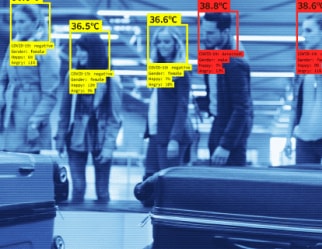Video Surveillance Solutions in Wintery Conditions
Installing and maintaining video camera systems throughout winter comes with additional challenges posed by cold weather, snow and low-light to ensure they function optimally. ADI’s vast product assortment from leading brands ensures installers have the correct products for the environment they operate in. Below we look at specific camera requirements to be considered:





